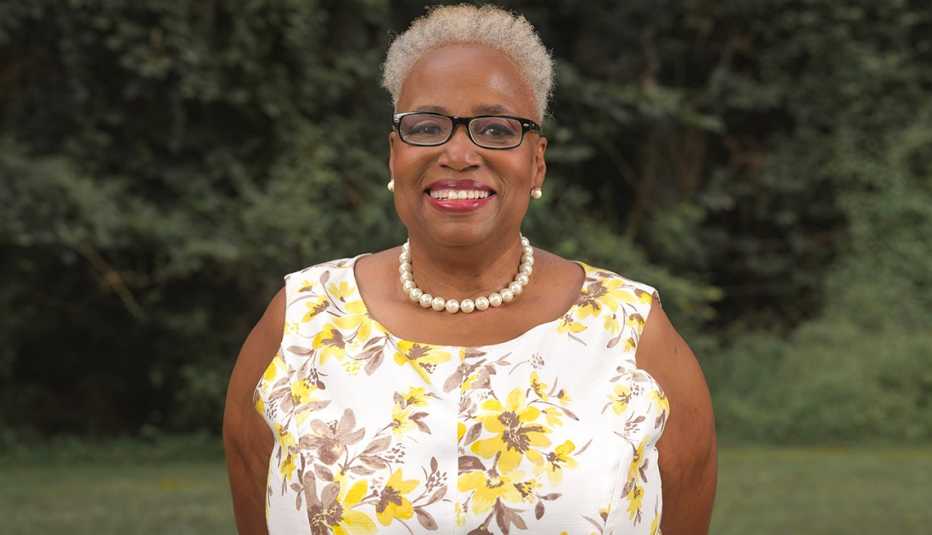Staying Fit
Mary’s House for Older Adults is a not-for-profit organization creating welcoming and inclusive environments for lesbian, gay, bisexual, transgender, queer and same-gender-loving (LGBTQ+/SGL) elders. It addresses such issues as housing fragility and discriminatory practices, social isolation and loneliness with programs that focus on the needs of LGBTQ+/SGL older adults, particularly LGBTQ+/SGL people of color.
As part of its outreach, Mary’s House for Older Adults provides food gift cards; makes regular calls and drive-bys for connection and wellness checks; sends cards on birthdays, anniversaries and just because; and coordinates mental health services, health and wellness programming, meditation and much more.
The problem I’m trying to solve
It’s hard to be old and gay. As a group, LGBTQ+/SGL older adults experience increasing economic and health vulnerabilities and disparities as they age. Lifelong experiences of discrimination and bias may make it harder for people to seek care, to find community and to thrive. Many LGBTQ+/SGL older adults do not access the services that are available to them due to concerns that service providers and mainstream communities will not be supportive, understanding or offer cultural humility, by which I mean awareness of LGBTQ+/SGL nuances and the importance of aging with dignity.


Older LGBTQ+/SGL adults are going back into closets of despair, fearful and isolated. I know I can make a difference by creating safe, quality housing and environments that honor their whole selves. Everyone wants to be connected. As we get older we want to be part of a family.
Like Cheers, we want everyone to know our name. We want to feel like members of a tribe. That is our model for decreasing social isolation and loneliness, and creating and maintaining a sense of belonging.
































































